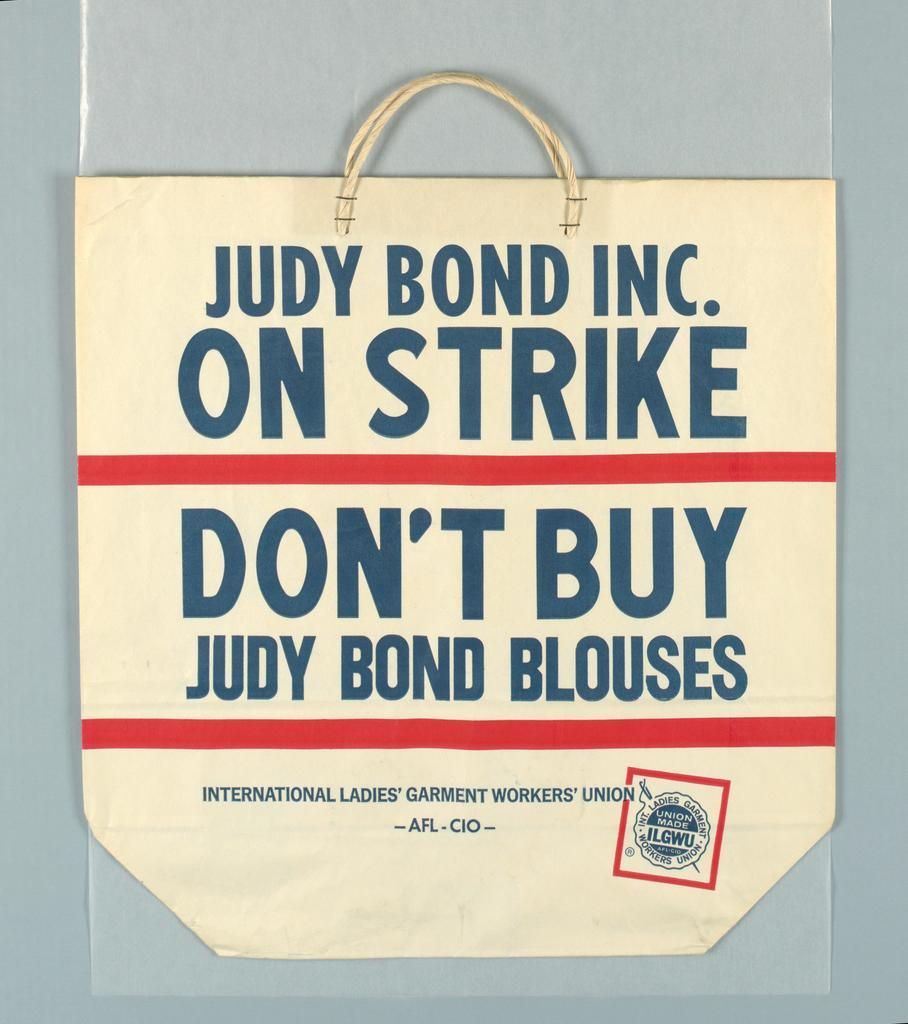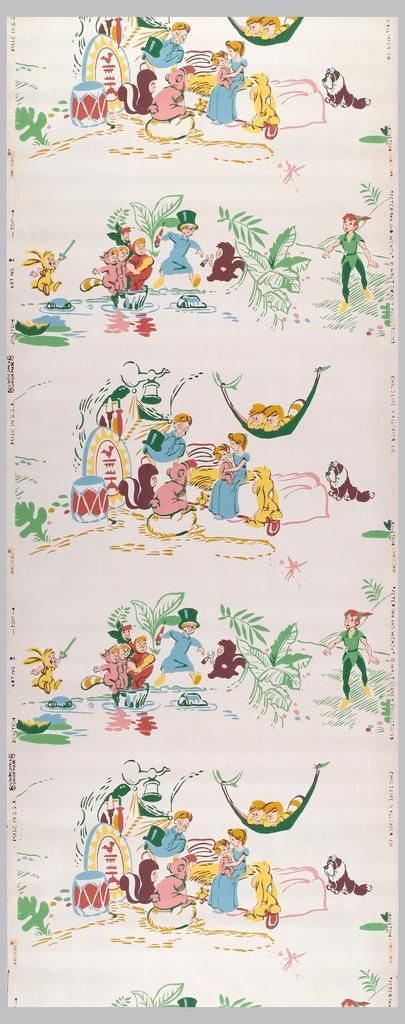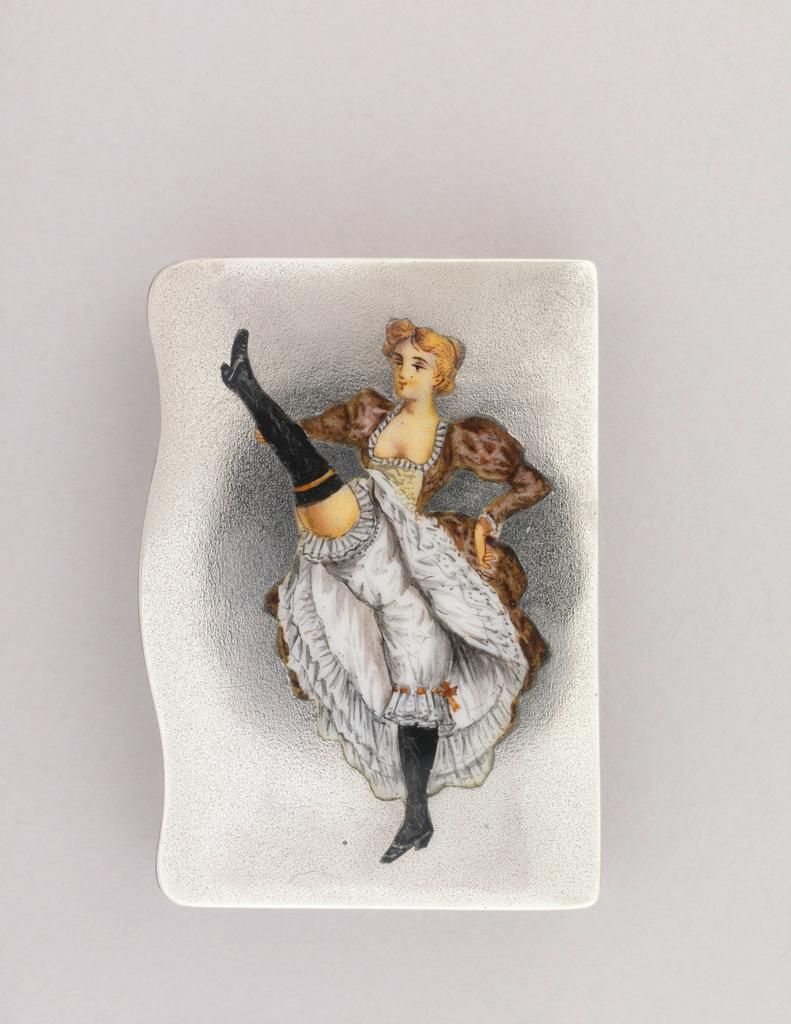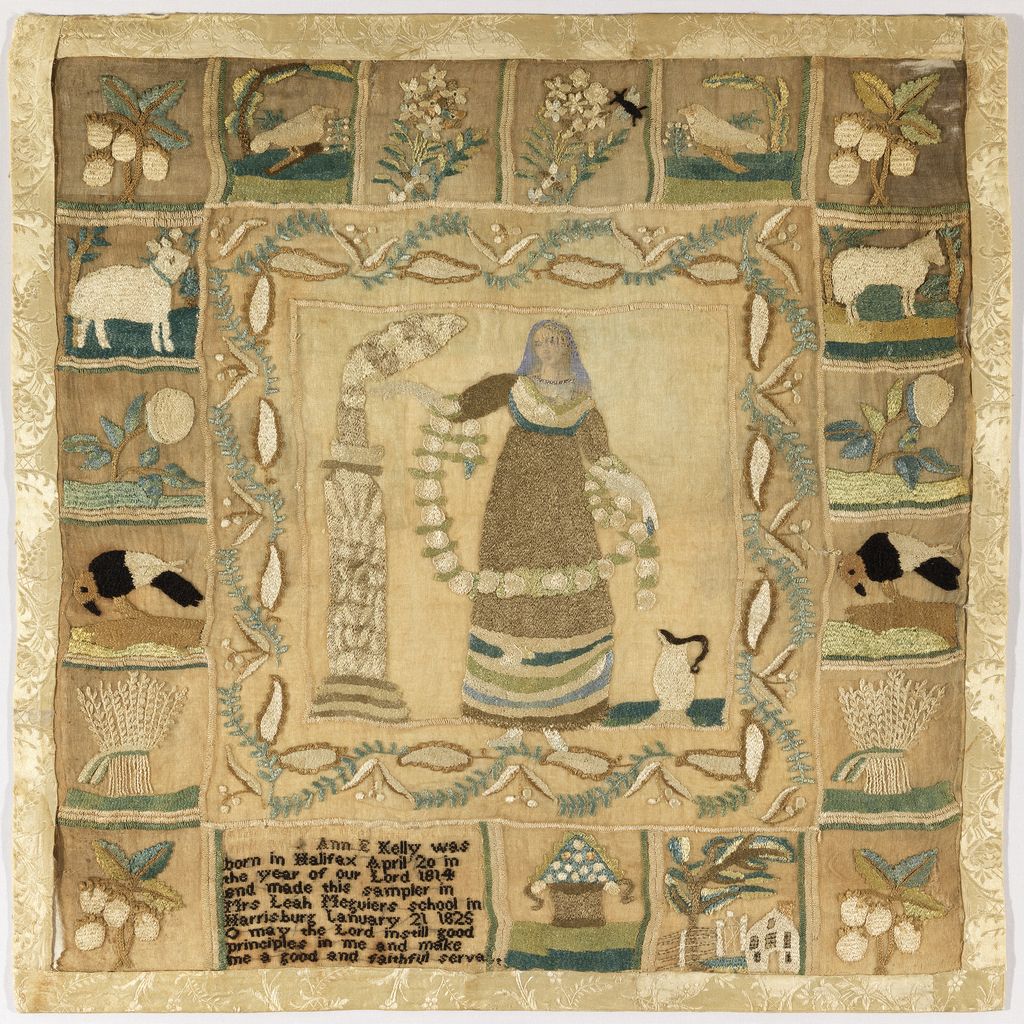Fuel Your Design Obsession With 200,000 Newly Digitized Artifacts
Explore 30 centuries of design at the Cooper Hewitt, Smithsonian Design Museum without leaving your computer
Tucked into the Upper East Side’s Museum Mile in Manhattan, the Cooper Hewitt, Smithsonian Design Museum is the United States’ only museum dedicated to both historical and contemporary design. But now a look at the museum’s goodies—from textiles to calendars, jewelry to plates—doesn’t require a MetroCard or even being in the right borough. Now, thanks to a mammoth digitization effort, 200,000 objects in the museum’s collection (including some that are deep in the archives and tucked away from inquiring eyes at the museum itself) are now available online.
Raw data from the digitization is now available here, and there are plenty of ways to explore. The museum lets patrons sort its collection by tallest, shortest, widest and narrowest objects, but that’s just the tip of the design iceberg. You can sort the collection to view only objects that have been recently photographed for an inside glimpse of what the museum’s team of digitization experts is up to. You can search by acquisition date. You can search using more traditional means, looking for designers, collections, donors or media. Or you can try your luck and do a random search to see what you’ll find.
And saying that there’s a lot to find is kind of an understatement. The museum, which was founded by the polytechnic college Cooper Union, has been collecting and displaying all types of design since 1897. In the 1960s, the Smithsonian Institution acquired the collection. After years of collecting and displaying the world’s design treasures, the museum was revamped in 2014 and reopened to buzz for being, as The Atlantic put it, “the museum of the future.” That futuristic commitment is evident in the new ways in which archivists organized and photographed their digital collection. In a release, museum officials describe how they set up four simultaneously operating photographic rigs to transform objects into digitized artifacts continuously, taking objects from shelf to website in 48 hours or less.
But thought the museum has plenty of examples of forward-thinking design and digitization, it’s also a collection of design trends past. Take this sidewall—an example of Peter Pan-themed wallpaper that likely doesn’t sit on a single wall in America today. Or an elaborate sampler that was embroidered by a young girl in 1828 in a long-gone school in Harrisburg, Pennsylvania. Or a matchsafe complete with a can-can dancer designed to hold 19th-century smokers’ matches. You get the picture—but to get an even more complete view of the museum’s treasures, there’s nothing like a trip down the design rabbit hole—all you need is your computer and a sense of curiosity.
Editor's Note, September 7, 2016: This story initially reported that there were 20,000 objects digitized, rather than 200,000. We regret the error.
/https://tf-cmsv2-smithsonianmag-media.s3.amazonaws.com/accounts/headshot/erin.png)





/https://tf-cmsv2-smithsonianmag-media.s3.amazonaws.com/accounts/headshot/erin.png)